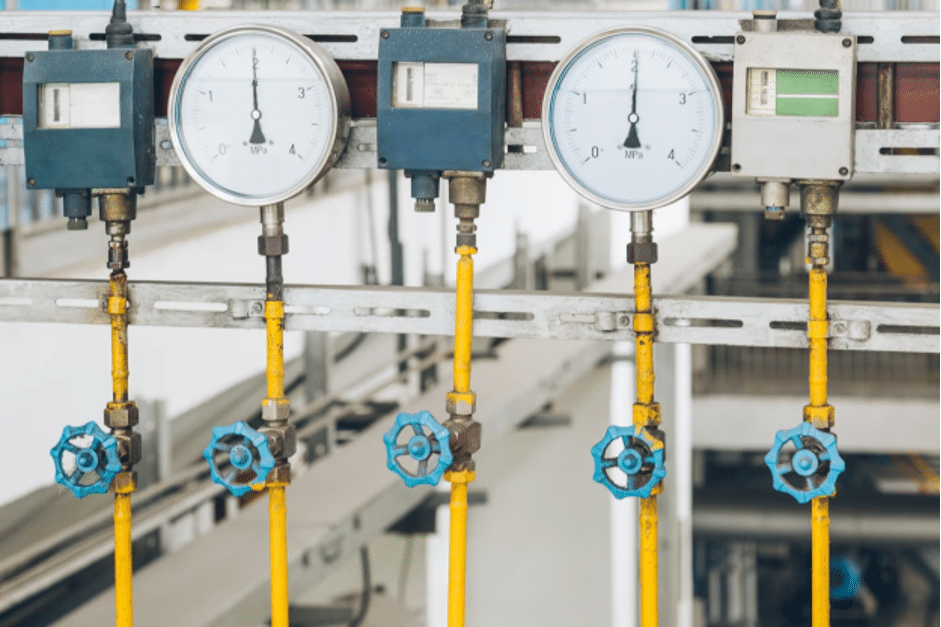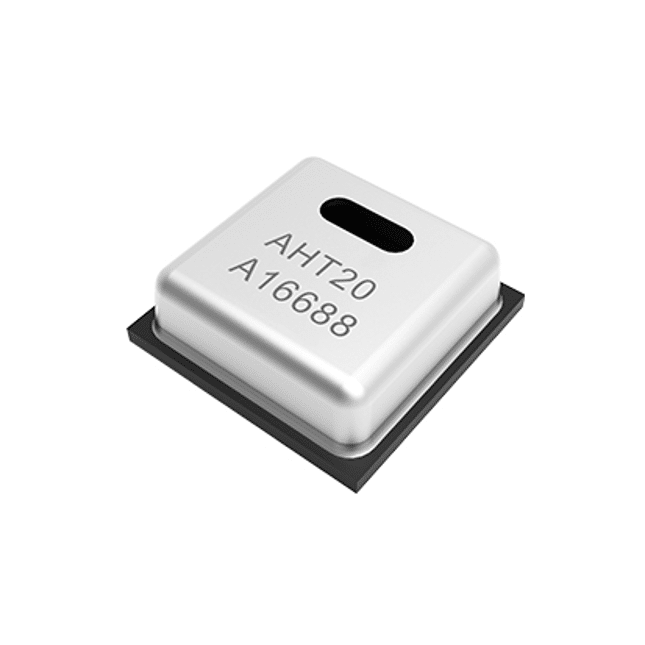The DHT20 is an industrial-grade temperature and humidity sensor which is integrated into a small, low-power package. It can measure physical parameters such as environmental temperature, air pressure, relative humidity, and much more.
If you are wondering how this versatile device can help you in your industrial activities, look no further – this article aims to guide you all about it from A to Z.
Working Principle of DHT20
DHT20 is a simple, highly affordable digital temperature and humidity sensor. It measures the humidity in the air using a thermistor and a capacitive humidity sensor, and it outputs a digital signal on the data pin.
DHT20 communicates using the industry-standard I2C protocol. The sensor is turned on for the first time using the chosen VDD supply voltage (range between 2.2V and 5.5V). When the sensor first turns on, it stabilizes in less than 100 milliseconds (SCL is high at this point), and then it is ready to receive commands from the host (MCU). However, it is important to note that 100 milliseconds is the minimum time needed to obtain accurate readings.
If the sensor is used in machinery or equipment, it must be ensured that the reference sensor and the measurement sensor sense the same temperature and humidity. Make sure that adequate measurement time is reserved in the program design if the sensor is installed in the apparatus, as this will definitely prolong the response time.

Advantages of the DHT20 Sensor
The DHT20 temperature and humidity sensor is one of the most popular sensors available on the market today. It is used in a wide range of industrial applications to measure temperature, humidity, and pressure.
On top of that, the sensor works in both ambient and non-ambient conditions. With the help of this product, you can easily monitor your indoor environments like a warehouse, production, and storage area, and gain the following advantages:
1. Accuracy of Results
The product provides you with accurate results by using a design that has sturdy resistance against high temperature and humidity. The temperature sensor has an accuracy of ±2°C, and the humidity sensor has an accuracy of ±1%RH, with a minimum relative humidity of 0%.
2. Easily Connectable
It comes with a presentable PCB, which can be used for breadboarding and later adding a connection to the Arduino. The best practice would be to solder some wires to the pins on the PCB and connect them to the Arduino via an I2C adapter (MCP3008 or similar).
3. Accessibility
The sensor has been designed with a digital display that shows the data in a digital format. This feature allows users to get an idea about their working environment without any confusion. It also helps users save time during work as they don’t have to look at various meters or other products while monitoring the temperature and humidity level.

The DHT20 SIP Packaged Temperature and Humidity Sensor from Saftty
The DHT20 Sensor made by Saffty is an improved version of the DHT11. The sensor includes a specialized ASIC sensor chip that has a temperature sensor and a high-performance silicon-based capacitive humidity sensor. Using a standard I2C data output signal, the sensor is easy to connect to any microcontroller or system. Output Language Code: EN.
Features & Advantages of the DHT20
§ It is a fully calibrated temperature and humidity sensor that provides accurate temperature and humidity readings.
§ The industrial temperature and humidity sensor features a digital output, I2C interface, excellent long-term stability and quick response.
§ The DHT20 has high precision and can compensate for temperature variations over a wide range, thanks to its long-term stability over time and ability to compensate for temperature changes.
Conclusion
The latest version of the product has been enhanced to ensure better stability in high temperature and high humidity conditions. The product now has ten times better accuracy, response time, and measurement range than before. Visit the Saftty’s website for more information.

